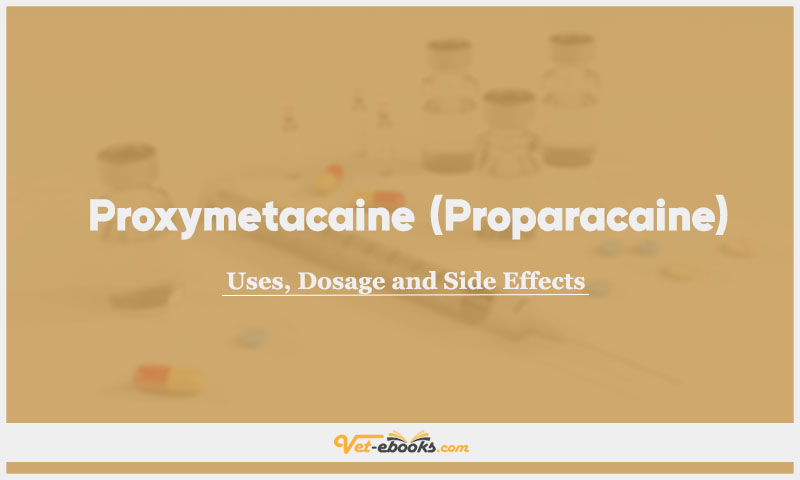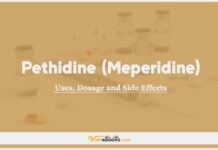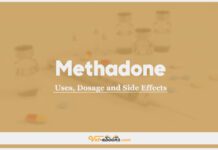Proxymetacaine (Proparacaine) In Dogs & Cats: Uses, Dosage and Side Effects

Overview
Uses of Proxymetacaine (Proparacaine)
- Proxymetacaine finds application on the ocular surface, including the cornea and conjunctival sac, as well as in the external auditory meatus and the nares.
- It exhibits a rapid onset of action, typically within 1 minute.
- The duration of anaesthesia in the conjunctival sac varies by species and can last between 25 to 55 minutes.
- Repeated application of proxymetacaine can extend the duration and depth of anaesthesia.
- It’s important to note that topical anaesthetics like proxymetacaine inhibit reflex tear production and should not be used before conducting a Schirmer tear test.
Dose of Proxymetacaine (Proparacaine) in Dogs and Cats
Dogs:
- Ophthalmic: 1–2 drops/eye; the maximal effect at 15 min, duration 45–55 min.
- Aural/nasal: 5–10 drops/ear or nose every 5–10 min (maximum 3 doses if used intranasally).
Cats:
- Ophthalmic: 1–2 drops/eye; maximal effect at 15 min, duration 25 min.
Drug Dosage Calculator
You Should Give:
Side Effects of Proxymetacaine (Proparacaine) in Dogs and Cats
- Conjunctival hyperemia (redness) is a common occurrence after administration of this medication.
- Local irritation, as indicated by chemosis (swelling of the conjunctiva), may sometimes persist for several hours following application, although it is less frequent compared to tetracaine.
- It’s important to recognize that all topical anaesthetics can be harmful to the corneal epithelium, and using them repeatedly can hinder the healing process of ulcers in the eye.
Contraindications of Proxymetacaine (Proparacaine) in Dogs and Cats
- Do not use it for therapeutic purposes.
Tip
Do You Want To Increase Your Veterinary Knowledge and Practical Skills?
You Can Now Browse and Download +3000 Books For Veterinary Professionals & Students Online.
Download Veterinary Books



















